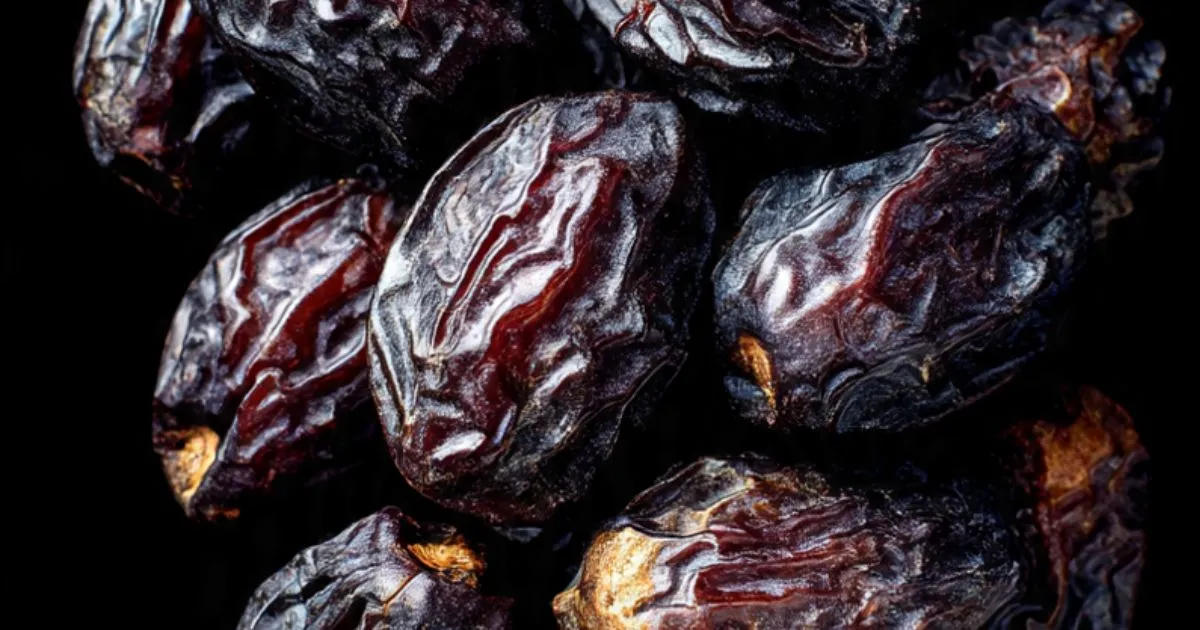The Secret of Ajwa: Unraveling the Mystery of Soft vs dry Ajwa
Table of Contents
The Secret of Ajwa: Unraveling the Mystery of Soft vs dry Ajwa
In the world of dates, few varieties hold as much reverence and allure as the Ajwa date from Medina, Saudi Arabia. Prized for its rich flavor, soft texture, and deep cultural significance, Ajwa is often sought after by consumers worldwide. However, many who purchase these dates, whether from specialty stores outside the Kingdom or even within Saudi Arabia itself, encounter a frustrating inconsistency: some batches are wonderfully soft and succulent, while others are unpleasantly dry, hard, and lack the expected sweetness. This disparity can lead to confusion and disappointment, causing buyers to question the quality of the product they have received. The answer to this common dilemma lies not in the inherent nature of the Ajwa date itself, but in the intricate details of its cultivation, harvest timing, and the supply chain that brings it from the palm groves of Medina to the global market.
The key to understanding this textural divide is to recognize a fundamental agricultural principle: the timing of the harvest is everything. As the speaker in the original transcript authoritatively explains, a date’s texture—be it Ajwa or any other variety like Sukkari, Rabi’a, or Barni—is directly determined by the moment it is picked from the palm.
The Lifecycle of an Ajwa Date: A Journey of Gradual Perfection
To fully appreciate the importance of harvest timing, one must first understand the annual lifecycle of the Ajwa date. The process is a remarkable, slow-motion dance orchestrated by nature. The speaker provides a detailed timeline:
- Pollination (Late February): The process begins around the end of February, when the date palms are pollinated. This is a critical first step where the farmer intervenes to ensure a successful fruit set.
- Growth and Development (March – July): Following pollination, the date cluster, known as the ‘uthq, begins its gradual development. It emerges from the ‘urjoon (the fruit stalk) and grows steadily. The tiny, initial green fruits undergo a dramatic transformation, slowly swelling in size, changing color, and developing their signature flavor profile.
- Ripening (August): The culmination of this months-long process arrives around the end of August. At this stage, the Ajwa date reaches its peak potential. The dates are fully formed, having transitioned through various colors to their final deep, dark hue. They are plump, soft, and filled with a luscious, honeyed sweetness.
It is precisely at this stage of peak ripeness that the fate of the date is decided. If the farmer harvests the dates at this point, the result is the premium, soft Ajwa that consumers desire. The flesh is tender, the skin is smooth, and the flavor is complex and delightful. This is the gold standard for Ajwa dates.
The Two Faces of Ajwa: The Premium Soft vs. The Rejected Dry
The central thesis, drawn directly from the source, is simple yet profound: “The earlier the fruits are harvested, the softer they are.” This applies to all date varieties. A date picked in its prime, during its optimal window of softness, is a product of superior quality.
Conversely, the dry, hard Ajwa dates that cause so much confusion are the result of a delayed harvest. When dates are left on the palm beyond their ideal harvesting period, they begin to dry out naturally. This is a natural preservation process, but it comes at a significant cost to quality. The speaker refers to these overripe, sun-dried dates as “Hashaf” or “Hushaf,” a term used to describe low-quality, dry dates.
The reasons for this delay can vary. A farmer might be managing a large orchard and unable to harvest all clusters simultaneously. Since dates on a single cluster do not all ripen at the exact same moment, the ones that mature first will be the first to dry out if not picked promptly. As the transcript states, “the fruits that ripen first, if they are not harvested, become dry and hard.” This results in the puzzling phenomenon where on the very same cluster (‘uthq), one can find both soft, high-quality dates and hard, low-quality ones, side-by-side.
The speaker provides a clear visual comparison: the soft date is “excellent quality,” while the dry, hard date is “tough and dry,” with “no flavor left in it.” He unequivocally labels the latter as having “poor quality” and a “very cheap price.”
The Supply Chain and Consumer Responsibility
This discrepancy in quality at the farm level has a direct impact on the end consumer. The transcript reveals an important insight into the market dynamics. Some bulk buyers, more concerned with price than quality, actively seek out this dry, low-grade Hashaf. Because it is considered a reject product by quality-conscious farmers, it is sold at a steep discount. These buyers then distribute it to various retail outlets, including spice shops (attarah) and other stores.
This is why an unsuspecting customer, perhaps in a country far from Saudi Arabia, might end up with a bag of rock-hard, tasteless Ajwa dates. They have not purchased an inferior variety of date; they have inadvertently purchased dates that were harvested too late, a product that no discerning farmer would intentionally sell as premium Ajwa. The speaker emphasizes that a conscientious farmer who cares about the quality of his produce will “sort the dates” and remove this Hashaf, deeming it unfit for the main market.
A Guide for the Discerning Consumer
So, what is a date lover to do? The advice from the source is straightforward and empowering: “Do not buy the dry Ajwa.” The onus is on the consumer to be selective and seek out reputable sellers who prioritize quality.
Instead of being puzzled by dry Ajwa, one should actively search for vendors who sell the soft, high-quality version. This principle applies to all date varieties. A Sukkari date left too long on the palm will also become dry, just as an Ajwa will. The inherent characteristic of the Ajwa, when properly cultivated and harvested, is to be soft and luscious.
When purchasing Ajwa dates, look for these signs:
- Appearance: The dates should be plump, with a slightly glossy, dark brown to almost black skin.
- Texture: They should yield slightly to gentle pressure, feeling soft and fleshy, not hard or tough.
- Source: Purchase from specialized date shops or trusted suppliers who can verify the origin and quality of their products.
In conclusion, the mystery of the dry Ajwa date is not a mystery at all, but a lesson in agricultural practice and market economics. The dry, hard dates are a testament to missed harvest windows and a supply chain that sometimes prioritizes cost over quality. The soft, luxurious Ajwa, however, is the result of meticulous timing, careful handling, and a respect for the natural cycle of the palm. By understanding this crucial distinction, consumers can make informed choices, ensuring that they experience the Ajwa date not as a disappointing, brittle morsel, but in its true form: a soft, sweet, and sublime fruit, worthy of its esteemed reputation. The knowledge shared in the original discourse serves as a valuable guide, transforming confusion into clarity and empowering everyone to seek out and savor the genuine, high-quality taste of Ajwa from Medina.

